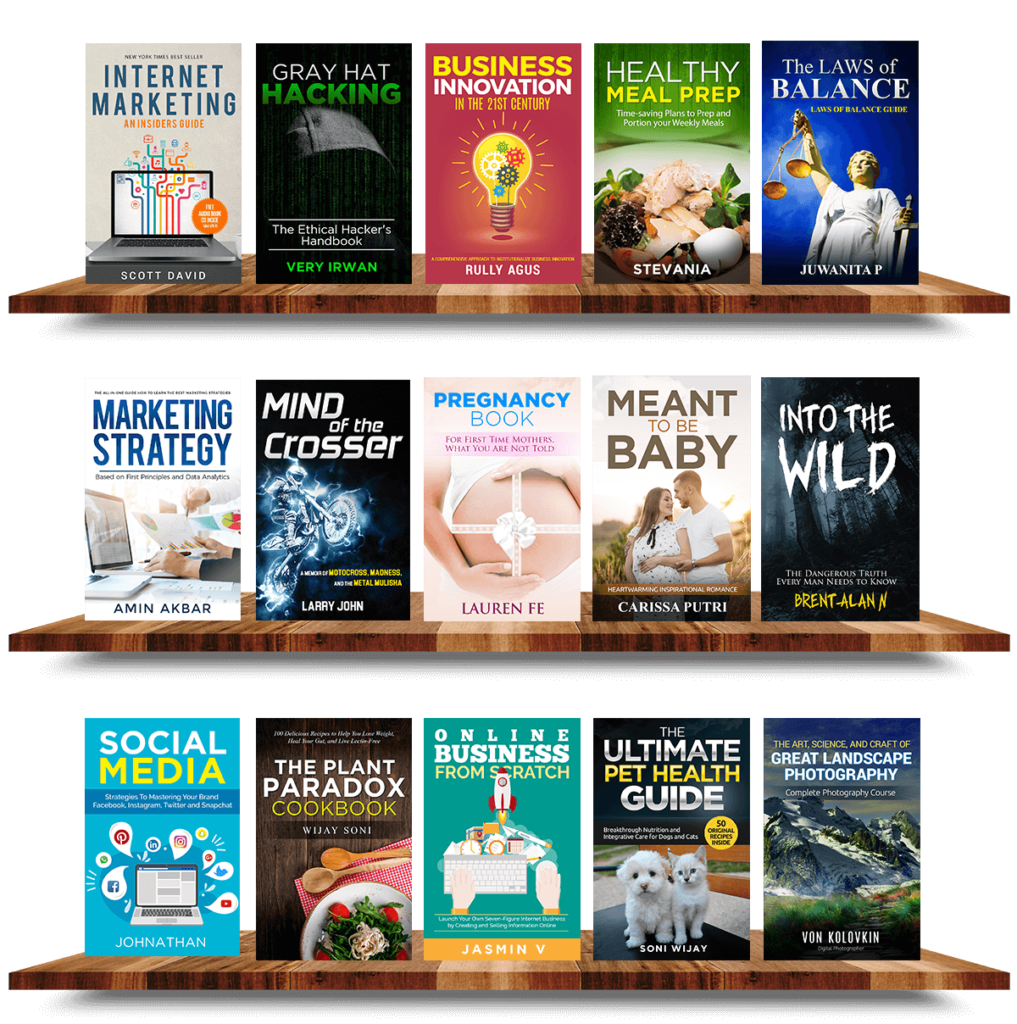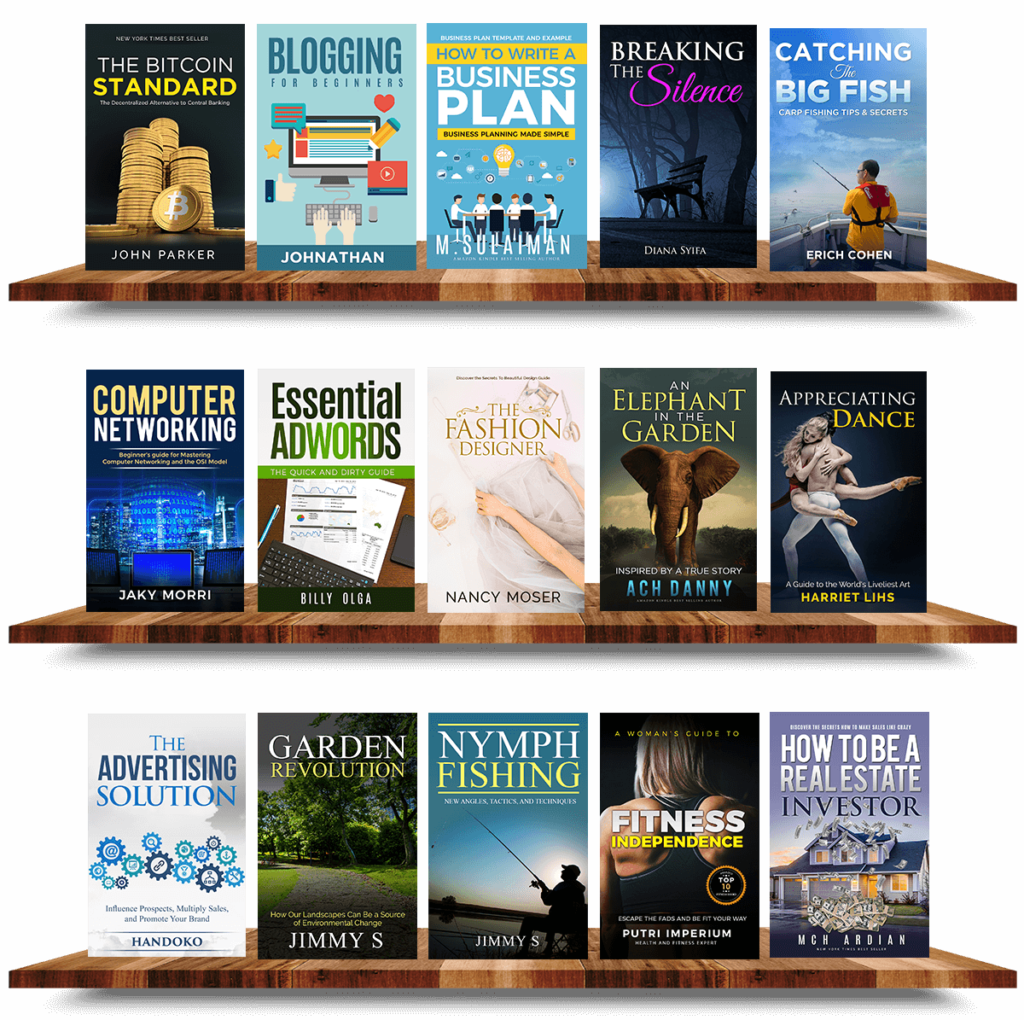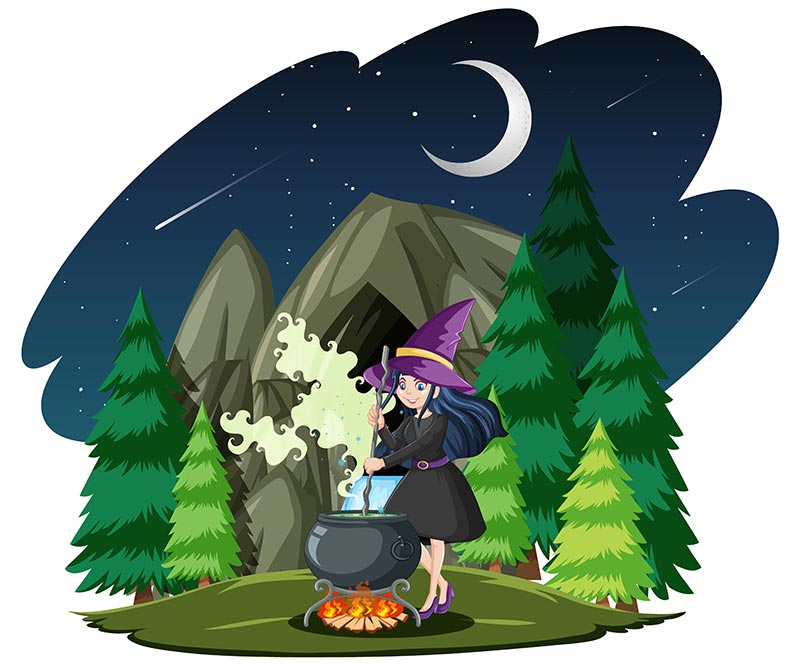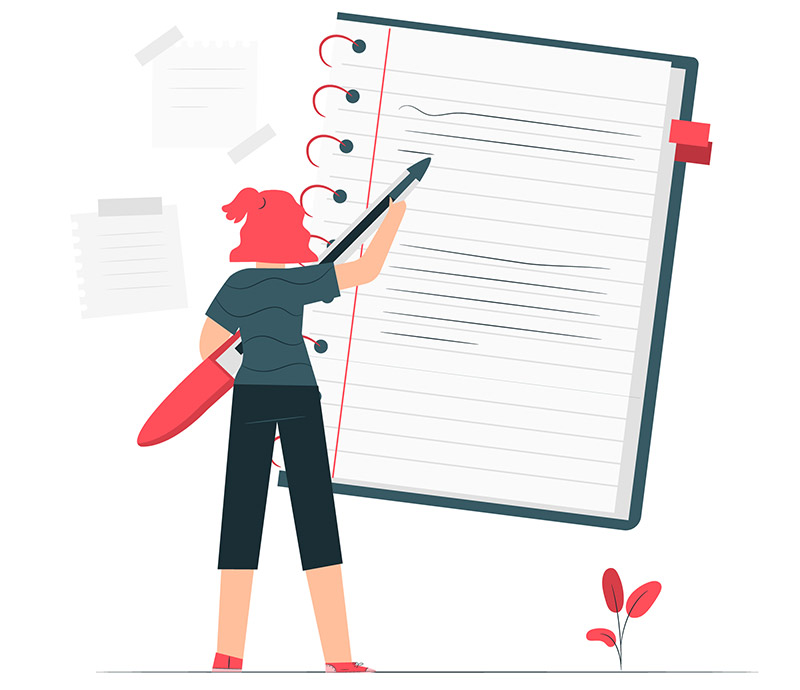The book cover is the part of book publishing that is most common for micro publishers to hire an outsider to do. Here I have collected tips to become a better book cover customer, something that can save you money and give you a better end result. Please supplement the text with the information contained in my manuals or something I have previously written about book covers.
A professional book cover gives your book a better chance
The book cover, more specifically the front page, should not only convey who wrote the book and what the book is called. The front page will get the prospective reader to click from the online bookstore, grab it in brick and mortar bookstore or pick it up at a trade show. It is not enough for the book cover to be neat; it should attract the right people and give them a hint of what to expect. The latter is important. The book cover should give the viewer information about what kind of book it is in a few seconds. This makes the packaging one of the most important marketing decisions.
Creating a book cover that meets all requirements is an art. Therefore, the design of book covers is an area where it is common for micro publishers to hire professionals. When I asked in Forums, that’s what most people spend money on.
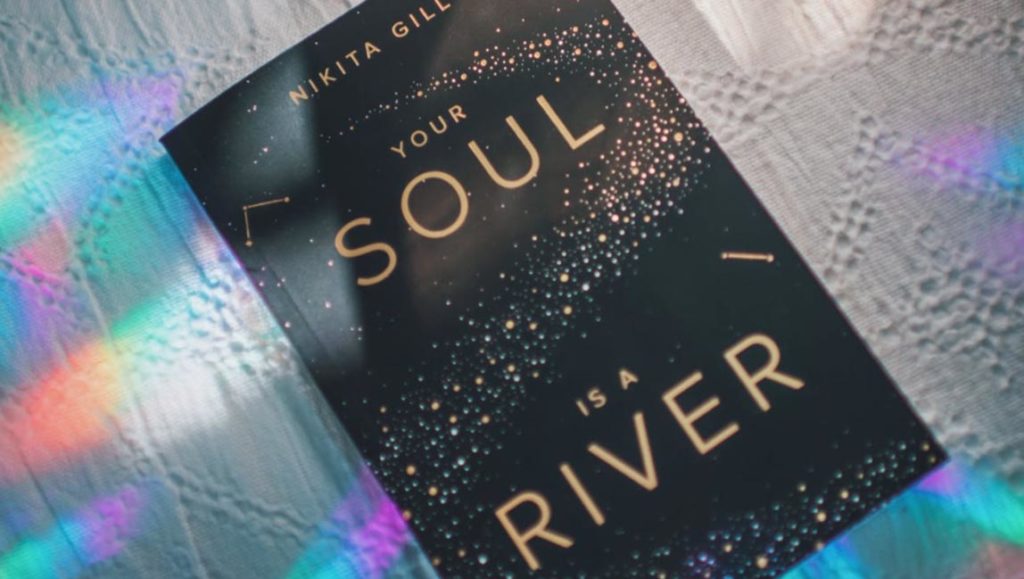
Do I have to pay for a book cover?
No. The right book cover helps to sell your book, but does it sell enough extra items to justify the cost? The answer to that question depends. If you have written down your memoirs for the family, it will probably never sell enough to justify an expensive cover financially. Then it may be worth it for other reasons.
No matter how much you spend on your book cover today, the cover will feel outdated in a few years because there are trends in cover design, which makes it a good idea to change book covers at regular intervals. If your book cover is not optimal today, you can make a better version later. It is not that bad idea because then you have more knowledge of how the readers perceive the book.
Choose a designer with style
The first step is to choose the right designer. The most important thing is finding a designer with a design language suitable for your book. When I published my first book, most cover designers were employed by major publishers. At least I had a hard time finding some when I googled (it may have been me using the wrong keyword). Today I get as many freelancers as I need. Many have posted a portfolio with examples of their works on their website. Another way is to get inspired with newly published books in the same genre as yours.
Start well before the release date
Once you have found one or more suitable designers, it is time to contact them, discuss your cover, and request a quote. You want to know price, terms and availability. It’s also not wrong to get a feel for how you communicate.
It is good to start with this well in advance of book publishing. You also want to know if the designer gives you the right to use the cover for different prints, editions and formats.
Keep the price down with a weel-thought order
The designer either charges a fixed price or hourly fee. Ask the designer to specify how many revisions are included in the fixed price. If the designer works on an hourly basis, the final price depends on how many changes you request. To avoid the rising bills and to respect the designer’s time, it is good to think about the kind of cover you want carefully so that you can place a clear order. There are some simple facts.
- author-name
- the book’s title
- format, size and type of binding
- possibly blurb (review quote) if you want it on the front
- if it should be something special like embossing, UV varnish
- Other things to send to the designer at some stage
- Printed Book ISBN (to create the back cover)
- publishing log
- back cover
- author photo in print format
You hire a designer because he or she is an expert at creating book covers that send the right signals. If the person in question is a professional, he or she also knows what’s trendy in the industry and what other books in your genre look like right now. It is this knowledge that you pay for. Therefore, it is wise to order an “attractive book cover” and not to delve into the details.
As a micro-publisher, we are faced with many decisions and choices. Sometimes it is a bit foggy in there or there are obstacles on the way but we overcome them. You pay for knowledge, not for execution. It’s better to think about the feelings than the details when giving instructions to your graphic designer. You want the “selling book cover,” not a “galloping white unicorn from the right with a red heart.”
Same applies when giving feedback. If you think your name looks too bad on the first sketch, don’t say “I want my name bigger” because then you will get just that. It’s much better to say, “can you make my name more visible?”. Then the designer can choose the best solution based on the conditions. Among the tools include changing the size (size), changing fonts, changing the color contrasts or moving the name to a more visible place on the cover. The result is guaranteed to be better than if you tie back your designer with too detailed instructions in your feedback.
If you are not completely satisfied with the overall impression, tell them what feels wrong and what impression you want instead. Do not try to solve the problem by providing detailed suggestions. It is the designer’s job to use his experience and knowledge to translate your wishes and not execute your instructions. Saying “move the unicorn half an inch to the left and mirror the harp” is the wrong feedback. It’s better to say that the cover looks creepy rather than romantic, that it appeals to the wrong age category or what you are now experiencing is the problem.
The result is better and it saves both you and the designer many gray hairs if you give feedback correctly. It is good idea to gather feedback from several sources before returning to the designer. Good questions to ask yourself at this stage:
- Does the book cover appear to belong other similar books?
- Does the cover stand out among other books in the same niche?
- Does the cover give the right gut feeling to the content?
If you have hired the right designer and made a well-thought order, you should be able to answer yes to all the questions.
Good luck with your book cover!
Melissa.





